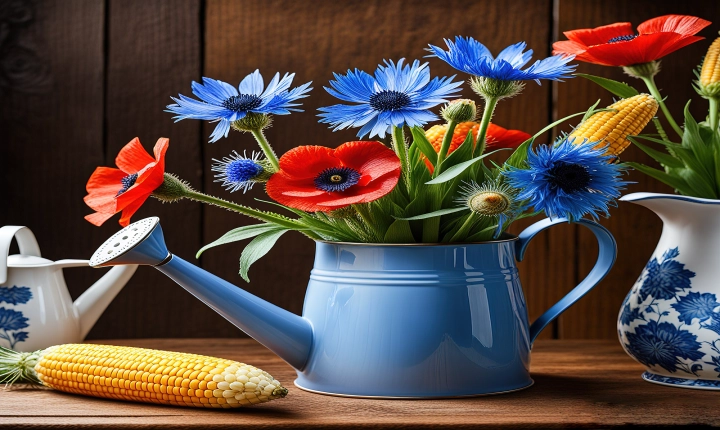Title: Can AI Draw Me a Picture? Exploring the Role of Artificial Intelligence in Creative Art
Introduction:
Artificial intelligence (AI) has rapidly advanced in recent years, demonstrating its potential in a wide range of fields including healthcare, finance, and transportation. However, one area that has sparked significant interest and debate is the use of AI in creative art. Can AI truly generate artistic masterpieces and compete with human creativity in the realm of visual art? This article delves into the capabilities of AI in drawing pictures and examines the implications of its role in the creative process.
AI in Drawing Pictures:
AI has made remarkable strides in generating visual art, with algorithms that can create stunning images, paintings, and illustrations. One of the prominent examples is the use of Generative Adversarial Networks (GANs), a type of AI that pits two neural networks against each other to produce realistic images. These networks have been trained on vast datasets of artwork and can create original pieces that mimic the style of famous artists or generate completely new and unique compositions.
Furthermore, AI-powered tools and software applications have emerged that allow users to generate artwork without the need for traditional manual drawing skills. These tools use machine learning algorithms to analyze and interpret the user’s input, transforming rough sketches into polished illustrations or even realistic portraits with remarkable accuracy.
Implications of AI in Creative Art:
The integration of AI in the creation of visual art raises thought-provoking questions about the nature of creativity and the role of human artists. While some may view AI-generated art as a threat to the uniqueness of human creativity, others see it as a tool for expanding artistic expression and opening new frontiers in visual art.
AI-powered drawing tools can offer new avenues for creativity, providing artists with innovative mediums through which they can explore and expand their artistic vision. Additionally, for individuals without traditional artistic skills, AI-generated art can provide a means of artistic expression and creativity that was previously inaccessible.
On the other hand, concerns have been raised about the potential devaluation of human creativity and the impact on the livelihoods of professional artists. The widespread availability of AI-generated art may lead to questions about originality, authorship, and the distinction between human-created and AI-generated artwork. It also prompts a reevaluation of the concept of artistic talent and the traditional hierarchy of the art world.
The Future of AI in Creative Art:
As AI continues to advance, it is inevitable that its role in creative art will evolve and expand. This presents both opportunities and challenges for artists, art enthusiasts, and the broader creative community. The development of AI-powered drawing and design tools will likely empower individuals to engage in artistic endeavors and foster new forms of creative expression.
Moreover, AI’s ability to analyze and interpret vast amounts of artistic data can offer valuable insights into art history, style, and techniques. This could lead to new ways of understanding and appreciating art, as well as inspire the creation of innovative and thought-provoking visual compositions.
In conclusion, AI has the potential to reshape the landscape of visual art, offering novel opportunities for creativity while posing important questions about the nature of artistic expression and the relationship between human and machine-generated art. Whether AI can truly draw a picture is no longer the primary concern; rather, it is how AI will impact, enhance, and transform the world of art and creativity in the years to come.
